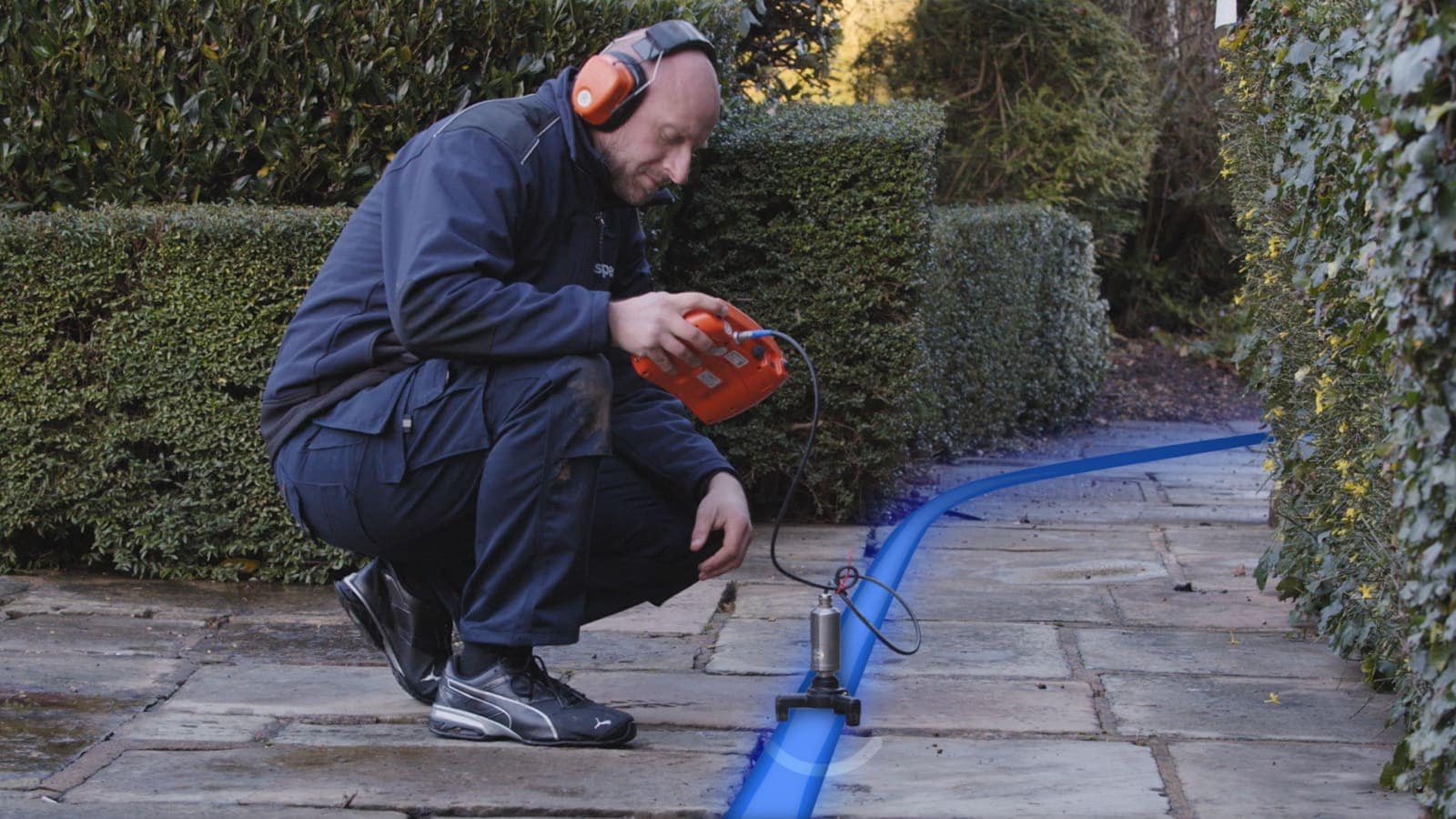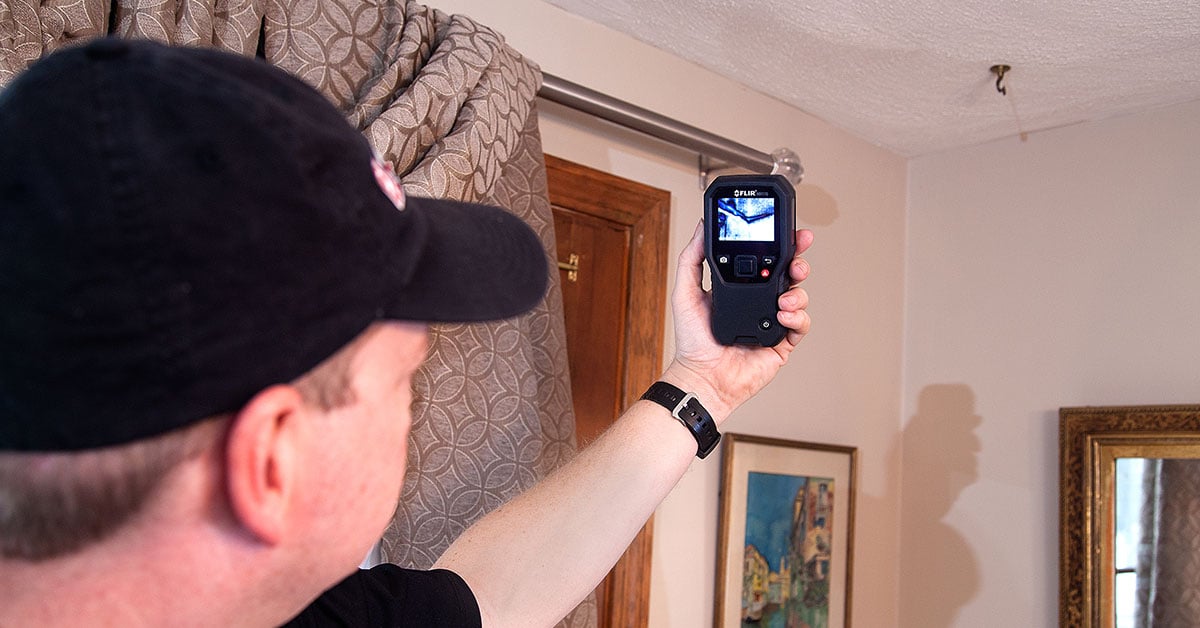Innovative Solutions for Very Early Detection of Water Leaks in Structures and Framework
As the integrity of structures and infrastructure is vital, the difficulty of very early detection of water leakages has actually stimulated ingenious options that assure to reinvent the method we guard versus prospective problems. From innovative leakage detection technologies to the deployment of IoT sensors for real-time surveillance, the landscape of leak prevention is progressing rapidly. Maker knowing algorithms offer a glance into the future of leakage prediction, while thermal imaging presents a non-intrusive method for pinpointing surprise leakages. Automated water circulation analysis systems are improving how leakages are identified and resolved, paving the way for an aggressive method to water leakage detection. Each of these services holds the crucial to ensuring the dependability and long life of our constructed atmosphere, motivating a shift in the direction of a much more lasting and efficient future.
Advanced Leakage Discovery Technologies
Advanced leak detection modern technologies, geared up with sophisticated sensors and formulas, play an important duty in quickly recognizing and pinpointing water leakages in various settings. Electromagnetic sensing units can recognize adjustments in electro-magnetic fields caused by water, providing yet one more layer of leakage detection capacity.

IoT Sensors for Real-Time Monitoring
In the realm of contemporary water leakage detection, the combination of IoT sensing units for real-time monitoring represents a crucial advancement in enhancing positive leak discovery capabilities. These sensing units provide constant monitoring of water systems, giving real-time information on water flow prices, stress variations, and temperature level modifications. By leveraging IoT modern technology, these sensors can discover even the tiniest anomalies in water usage patterns, allowing very early identification of possible leakages before they rise right into significant problems.
IoT sensing units send data to a centralized platform, where advanced algorithms assess the info and generate informs or notifications when irregularities are found. This real-time tracking capability permits home owners or facility managers to without delay resolve leaks, decreasing water damages, decreasing repair service prices, and saving water resources.
Furthermore, IoT sensors can be incorporated with building management systems, allowing for automatic feedbacks to spotted leakages, such as shutting down water shutoffs or activating pumps to minimize the influence of leakages. Generally, the execution of IoT sensing units for real-time tracking dramatically enhances the effectiveness and performance of water leakage discovery in buildings and framework.
Artificial Intelligence Algorithms for Leakage Forecast

One secret benefit of using artificial intelligence for leakage forecast is its capacity to constantly find out and boost its precision gradually. As more data is accumulated and fed right into the algorithm, it can improve its forecasts and adapt to altering conditions, eventually boosting the dependability of leak detection systems.
Additionally, artificial intelligence formulas can assist in determining refined indications of leakages that may go unnoticed by typical tracking approaches. water leak detection. By analyzing intricate data collections in real-time, these algorithms can provide very early warnings and alerts, enabling punctual treatment and preventative maintenance to minimize possible water damages my site and associated costs
Using Thermal Imaging for Leak Detection
Thermal imaging technology offers a promising technique for detecting water leaks in different systems and facilities. By utilizing infrared radiation and temperature level differences, thermal imaging electronic cameras can identify concealed leakages that are not quickly visible to the naked eye. When water leaves from pipes or frameworks, it typically transforms the temperature of the surrounding location, developing temperature differentials that thermal cameras can record. These temperature abnormalities are after that translated into visible images, highlighting the exact area useful content of the leakage.
One of the crucial advantages of thermal imaging for leak discovery is its non-intrusive nature. Unlike traditional approaches that may require damaging right into walls or floors to situate leakages, thermal imaging permits non-destructive testing. This not only conserves time and lowers costs but additionally lessens interruption to the building or infrastructure being evaluated. Furthermore, thermal imaging can promptly scan large locations, providing a comprehensive review of possible leakage sources in a timely manner. On the whole, making use of thermal imaging innovation enhances the efficiency and precision of water leakage discovery, making it a useful tool for maintaining the honesty of structures and infrastructures.
Automated Water Flow Analysis Equipments
Exactly how can automated water flow analysis systems reinvent the detection and management of leakages in various systems and facilities? Automated water circulation analysis systems offer a positive strategy to leakage discovery by constantly checking water flow prices and patterns. By establishing standard data, these systems can rapidly recognize discrepancies that may indicate a leak, making it possible for prompt treatment to avoid considerable damage.
These systems use innovative algorithms to assess real-time information and supply instant signals when abnormalities are discovered, allowing for speedy action to be taken. Furthermore, computerized water flow analysis systems can be integrated with building management systems or IoT systems, enhancing total effectiveness and making it possible for remote monitoring capacities.
In addition, the data gathered by these systems can be made use of for predictive upkeep purposes, assisting to determine Get More Info possible weak points in the infrastructure before leaks occur. Generally, the application of automatic water circulation evaluation systems can dramatically improve leak detection and monitoring methods, inevitably bring about cost financial savings, reduced water wastefulness, and increased sustainability in buildings and infrastructure.

Verdict
Finally, the integration of advanced leakage detection innovations, IoT sensing units, artificial intelligence formulas, thermal imaging, and automatic water circulation evaluation systems provides innovative solutions for very early detection of water leakages in buildings and framework. These modern technologies allow real-time surveillance, prediction of leakages, and effective discovery approaches to prevent water damage and wastage. Carrying out these solutions can assist in maintaining the honesty and sustainability of water systems in numerous setups.
Comments on “How Specialist Water Leak Detection Can Save You Money and Protect Against Damage”